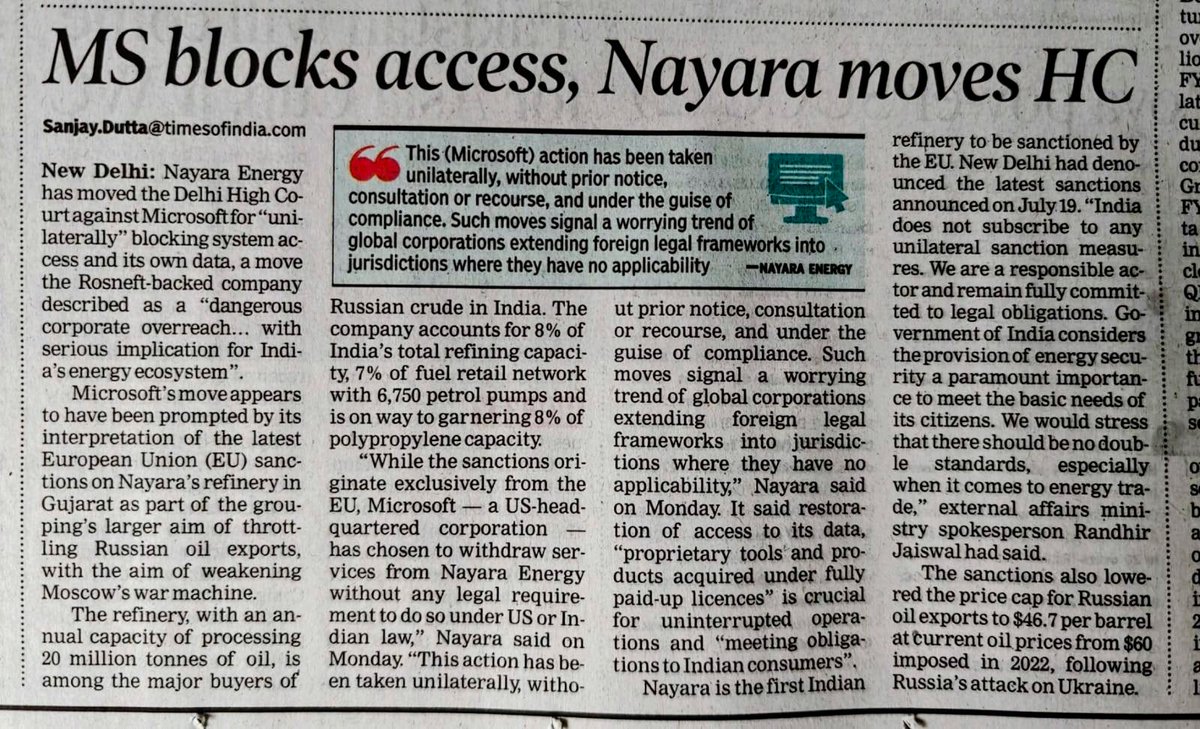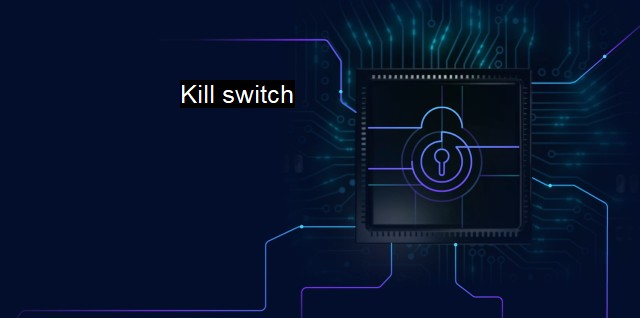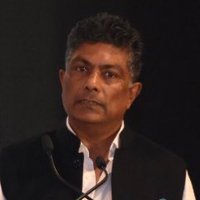
Strategic Perspectives Foundation
@spfadmin
An Online Think Tank. A better understanding of strategy allows us to make informed policy. Bipartisan Consensus For Strategic Affairs.
ID: 1091952525970890753
https://spf.center 03-02-2019 06:52:24
6,6K Tweet
4,4K Followers
179 Following

Waiting for the day this happens to the airgapped warriors of India! I have realised that they are incapable of seeing the writing on the wall. When the General finally realises that this can happen in hot war conditions, it will be too late and costly for this nation! Strategic Perspectives Foundation




Strategic Perspectives Foundation #PavithranRajan 's paper sharing his understanding of #NationalStrategy to leverage #NationalInfluence. on the #GlobalStage

Understand the world , the history , the warfare, the strategy - From Chanakya to Huntington.. A beautiful study by Strategic Perspectives Foundation Cc Col Hunny Bakshi, VSM spf.center/the-cartograph…

Who Holds the Kill Switch? / ആരുടെ കൈയ്യിലാണ് ‘കിൽ സ്വിച്ച്’ ? pathrika.com/who-holds-the-… TG Mohandas Strategic Perspectives Foundation Col Hunny Bakshi, VSM


This is an outstanding statistic. Congratulations to the all in the team that made it happen. It’s by these incremental but small changes an economy becomes competitive. Institute for Studies in Industrial Development Policy Perspectives Foundation




Narratives can be swung around to suit the goal. Actually US enjoys $35-40 bn surplus w India if services, arms, royalties included: GTRI. It is not the other way economictimes.indiatimes.com/news/economy/f… Download Economic Times App to stay updated with Business News - etapp.onelink.me/tOvY/135dde21




#India must build its own #cyber foundations. Strategic Perspectives Foundation #PavithranRajan " #Sovereignty is never shared, one either has it or doesn’t" "#Indian #operatingsystems #Indianmade #hardware and #chips #Indiancontrolled #digitalinfrastructure spf.center/strategic-clar…

Strategic Perspectives Foundation Benedict Anderson’s book ‘Imagined Communities’ should be read if we are to understand Cyber Sovereignty. There will be eternal contestations in cyber space, space, oceans and the electromagnetic space as now boundaries will not be physical manifestations of lines on a map



History is a graveyard of armies Strategic Perspectives Foundation 👍

Strategic Perspectives Foundation #PavithranRajan #DualityIndex contemporary fracturing world #cognitiveduality #survivalimperative #empathy #adversary #warcolleges #intelligenceagencies #diplomaticservices #policymaking institutions #intellectual #humility #wisdom spf.center/the-duality-im…